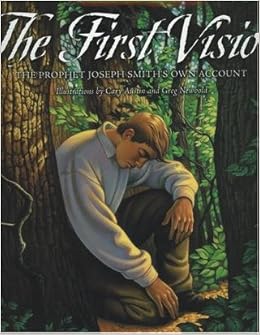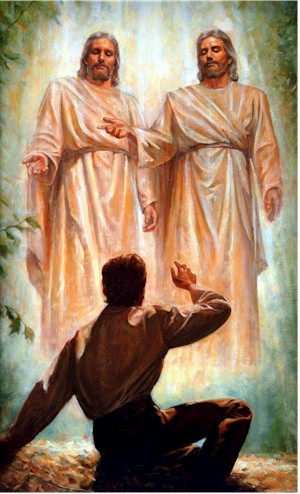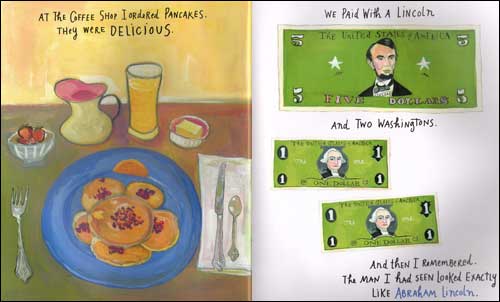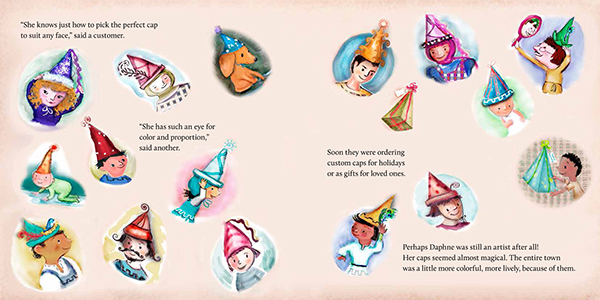 |
| The Valentine Vision: Read, Study, and Share 14 picture books in 14 days |
Welcome to DAY 14. Today's lesson is on...
 |
| How Big is a Million? by Anna Milbourne |
Author: Anna Milbourne
Illustrator: Serena Riglietti
Publisher: Usborne Publishing Ltd.
Year: 2007
Word Count: 565
Top 10 Element: Patterns
Summary:
Little Pipkin wonders how big things are. He goes on an adventure to find one million of something.We have the pattern of questions and answers. We have the pattern of threes. And we have the pattern of counting. As well as repetition.
- How wide is the sea?
- How high is the sky?
- Is the moon made of cheese?
But the thing he wanted to know most of all was...how big is a million?He counts his fish at breakfast...TEN.
"Ten's a big number of fish for breakfast," he said."But if ten's this big, how big is a million?"To which, his mother replies, "A million's much, much more than ten." So off Pipkin goes.
He finds 100 penguins, and asks them,
"If a hundred's this big, how big is a million?" And they say, "A million's much, much bigger than a hundred."They ask if he would like to stay and huddle to get toasty-warm, but he continues on his search.
Then he runs into a seal cub and they see a thousand snowflakes. He stays to play for a bit, but then continues on his search.

He goes back home disappointed that "he hadn't found a million of anything at all."
A pattern of 3 at the end again, because it really repeats the structure of the whole book:
- TEN yummy fish,
- a HUNDRED warm penguins,
- a THOUSAND pretty snowflakes, and a brand new friend,
 Then Mama says, "Here's your million, my little Pip. You can make a wish on every single one." And there's a little sign in the lower right hand corner of the page that says, "This way to see Pipkin's million" and you see... him and his mama looking at this...
Then Mama says, "Here's your million, my little Pip. You can make a wish on every single one." And there's a little sign in the lower right hand corner of the page that says, "This way to see Pipkin's million" and you see... him and his mama looking at this...This is actually the poster that came with the book, but the end papers are also covered with a million stars. My kids and I figured out that 1 million is a 10,000 sets of 100. OR 1,000 sets of 1,000. Wow.
Do you think one day we'll have a million books featured in PB 14:14? Great job everyone! Come back tomorrow to find out who will become the prize winners. And I'll update the book LIST soon too!
Anybody want to take a GUESS as to which element was featured the most this year? Last year, it was CHARACTER. I'm guessing, yes guessing (haven't tallied yet) that this year's will be either character or theme. What do you think?
Here's the link to add your own DAY 14 blog posts...






















